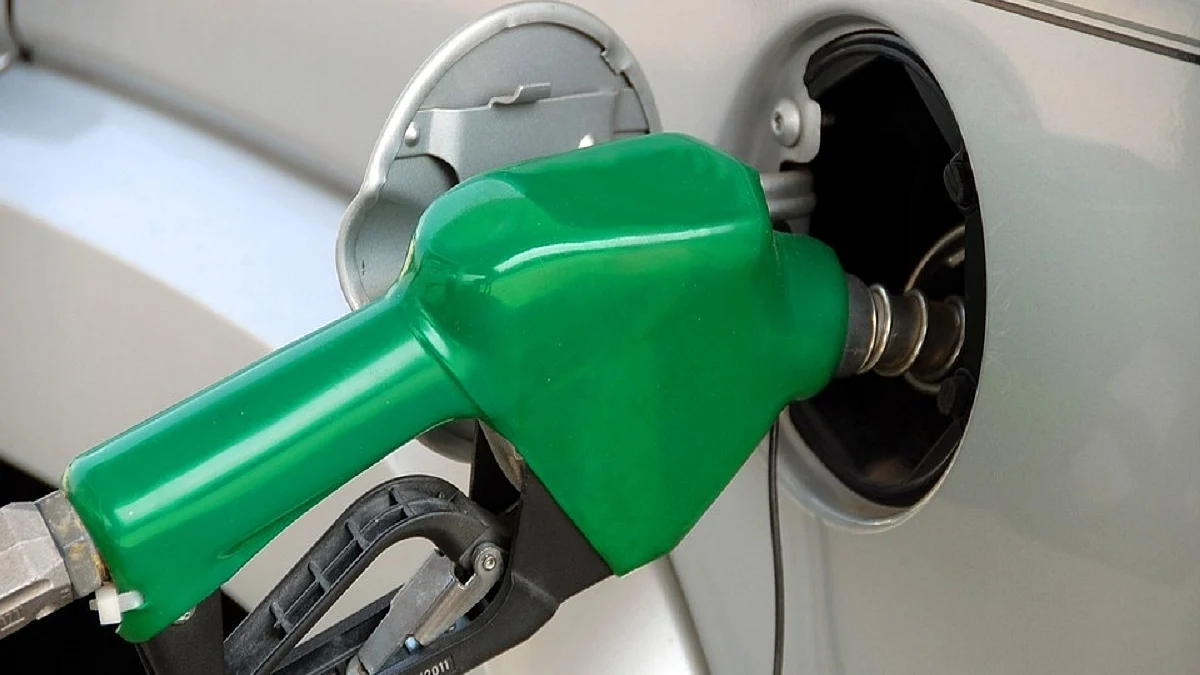Wild swings in crude oil cost a cause of worry for Indians already reeling under high prices due to govt taxes
Oil prices on the international market this week have witnessed a wild ride and unpredictability, causing swings to either side, causing much confusion to the traders

Fuel prices have already tested consumers’ capacity to pay, not necessarily due to unduly high crude prices. But the oil market in the past few days has been witnessing wild swings, which also implied the potential for a further spike, which will be disastrous for the Indian consumer.
The factors in favour of an increase or a decline both appear at the moment to be evenly poised, with a lot depending on the August meeting of the oil cartel, which is currently being pulled in opposite directions by those who favour further tightening and the other producers who want to loosen the tap for their own specific reasons.
Oil prices on the international market this week have witnessed a wild ride and unpredictability, causing swings to either side, causing much confusion to the traders. The unpredictability has prompted traders to wait for the dust to settle down before taking any medium term view.
There is increasing US and Russian pressure on the cartel to bring in greater market stability, meaning higher supplies, particularly as prices have become uncomfortably high for US consumers. There is also a realisation in the market that a rebellion could take place within OPEC+ that could bring unregulated supply to the market.
The most bullish but still reasonable oil price forecasts that the market was considering until a few weeks ago were oil foaming up to $80 per barrel. As the unpredictability of the OPEC+ meeting breakdown pushed prices towards the $80 per barrel threshold, many traders could have felt that prices are approaching a peak and that they would soon deflate, so a selloff could have been triggered. This probably explains the recent swings towards lower prices.
Russian comments have highlighted the need to bring OPEC+ to the negotiating table and agree on greater supply, which have exerted some bearish pressure. As of now, the talks remain disrupted.
A surge in prices for US consumers is also a problem for economic growth and, therefore, the US is also looking forward to seeing more barrels coming from OPEC+ to relieve the tightness.
While a tighter crude market is justified, the current price environment is largely exaggerated by market excitement, but more so, uncertainty. If OPEC+ does not raise August production, the market should expect much larger inventory draws than what was so far anticipated. This is a bullish development, especially as demand is expected to grow by at least 2 million barrels per day (bpd) between now and August.
The imminent demand spike should be a justification good enough for OPEC+ to work out a supply increase deal. However, it is just as likely the group takes a step back and revisits its supply quotas at the August meeting – once there is more data on the demand, destruction of the Delta variant and progress on the Iran nuclear deal.
The nuclear deal itself may become a bargaining chip in chartering a new OPEC+ deal with new benchmark production quotas, that could include more leniency towards the OPEC+ members like Saudi Arabia and the UAE, which have done much of the heavy lifting of the deal in the past 13 months.
Setting new quotas could also provide an opportunity to include the current non-contributors of Iran, Venezuela, and Libya. Looking at the current deadlock, it is unlikely that the UAE alone will be allowed to get a higher quota, because this will come at the expense of other members, in particular Saudi Arabia.
Another very real consideration is that many of the OPEC+ countries, Russia in particular, are facing natural decline in the medium-term, so a lower quota in some cases could be strategic for long-term revenues.
Leading energy consultants Rystad Energy describes the OPEC+ impasse as an example of Icarus flying too close to the sun – a sizeable supply deficit in the market will stoke prices in the short-term, potentially above $80 per barrel Brent, but could also be setting the stage for an oil price crash similar to what the market experienced in November 2018.
In the summer of 2018, after a duopoly power spearheaded by Saudi Arabia and Russia, OPEC+ was able to stoke oil prices to $82 Brent by October 2018, which was a short-lived high as the loose supply policy resulted in prices dropping to $58 per barrel in late November 2018, which forced OPEC+ to come back to the table and announce a more than 1.2 million bpd collective supply cut.
The current OPEC+ spat highlights not only the fragility of the market in a specific COVID-19 context, but also the broader animosity brewing between the group of 23 nations that are forced to come together to manage the market, but of course have direct competition interests in selling their oil at the highest price for the most sustainable time period.
The market also has to consider the existence of real pockets of weakness as the Delta variant hits road and air traffic demand.
(IPA Service)
Views are personal
Follow us on: Facebook, Twitter, Google News, Instagram
Join our official telegram channel (@nationalherald) and stay updated with the latest headlines
